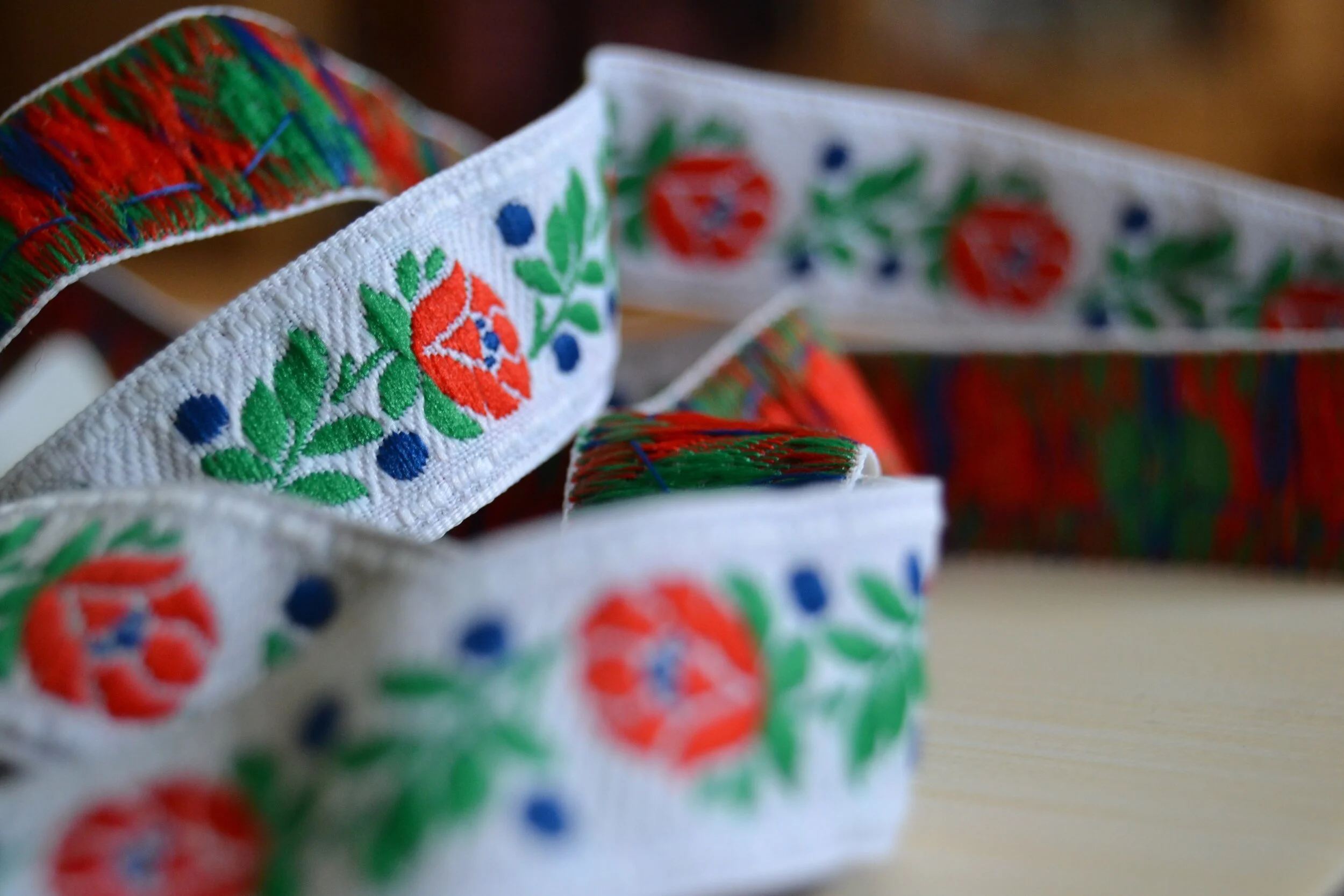Shepherd axes, or 'Valaska,' have a rich cultural history in Central and Eastern Europe. Originating in Eurasia, they were used for combat by Bulgarian and Hungarian warriors before becoming essential tools for shepherds. In Czechoslovakia and Poland, axes were personalized with carvings and became symbols of identity. These axes feature prominently in folklore and traditional dances, celebrating their cultural significance and artistic beauty.
The Kroj - A Connection to Czech Heritage
The Slavic Circle
The circle is one of the most widespread and universal symbols. It commonly represents unity, wholeness, and infinity. In Slavic culture, it is especially important, often associated with the Sun, protection, and rebirth. Perhaps some of the most preserved examples of this symbol are the Slavic circle dances: kolo and khorovod.







